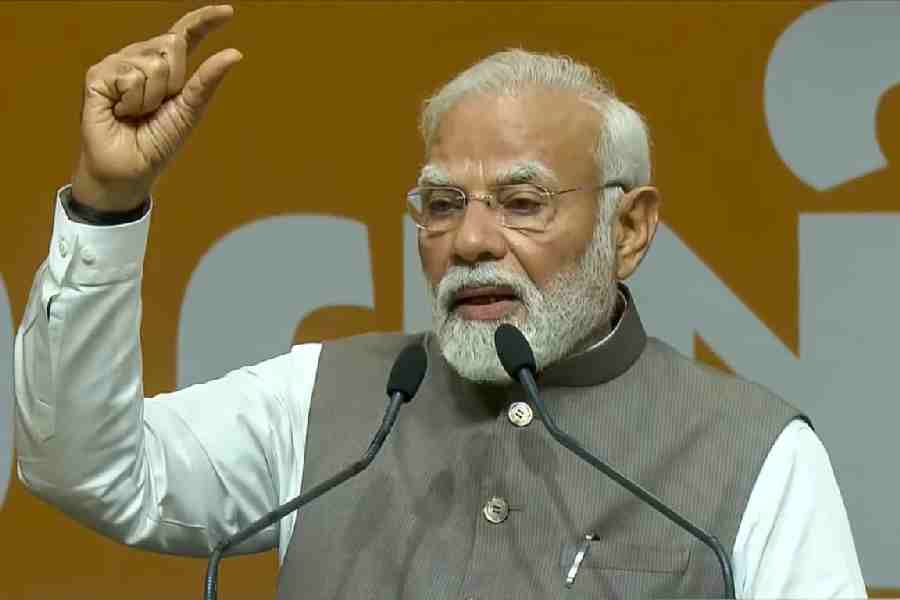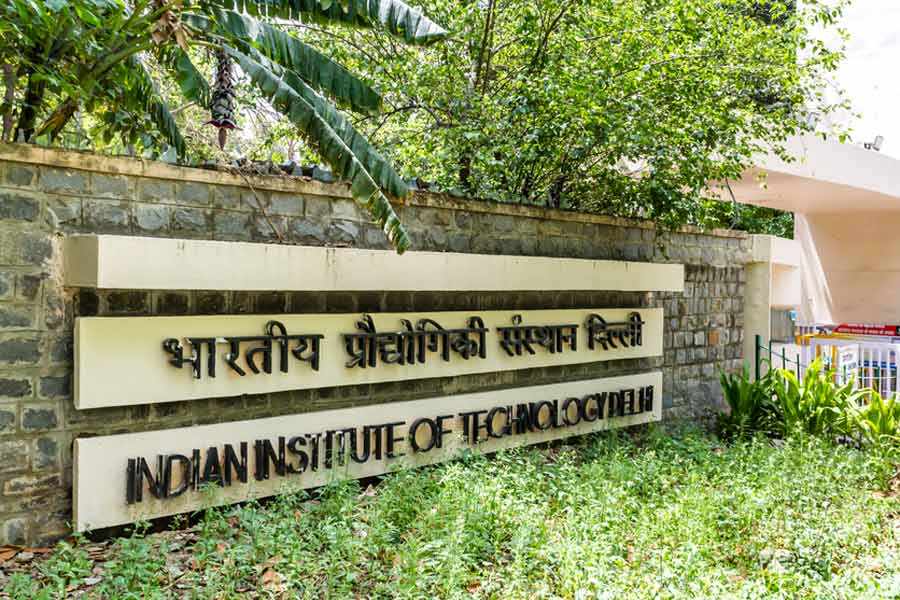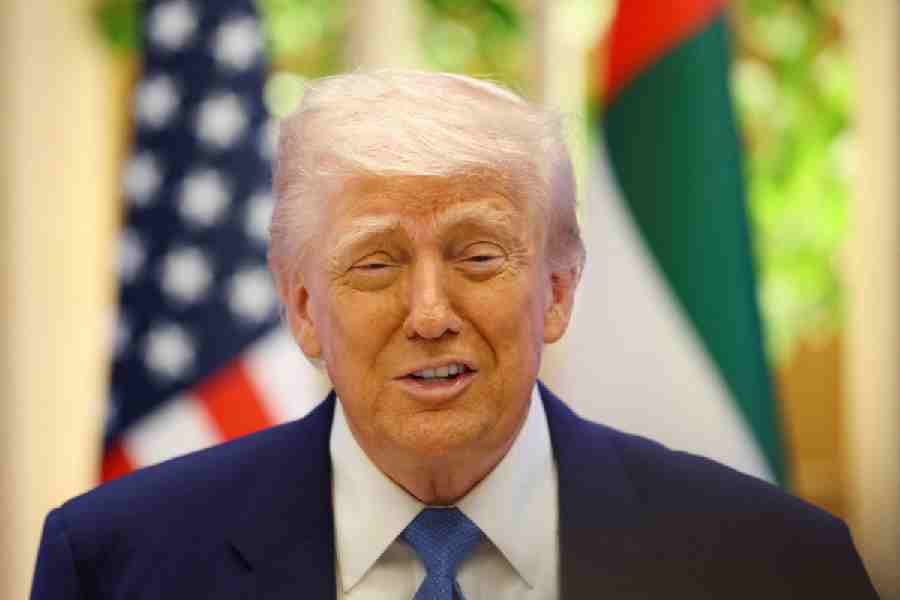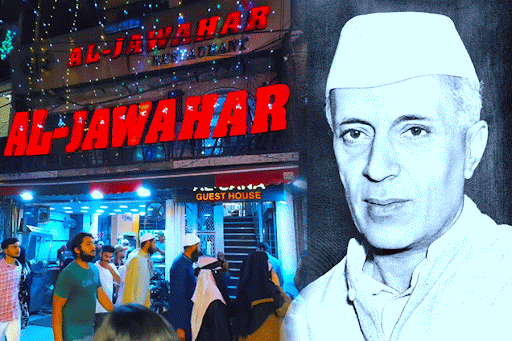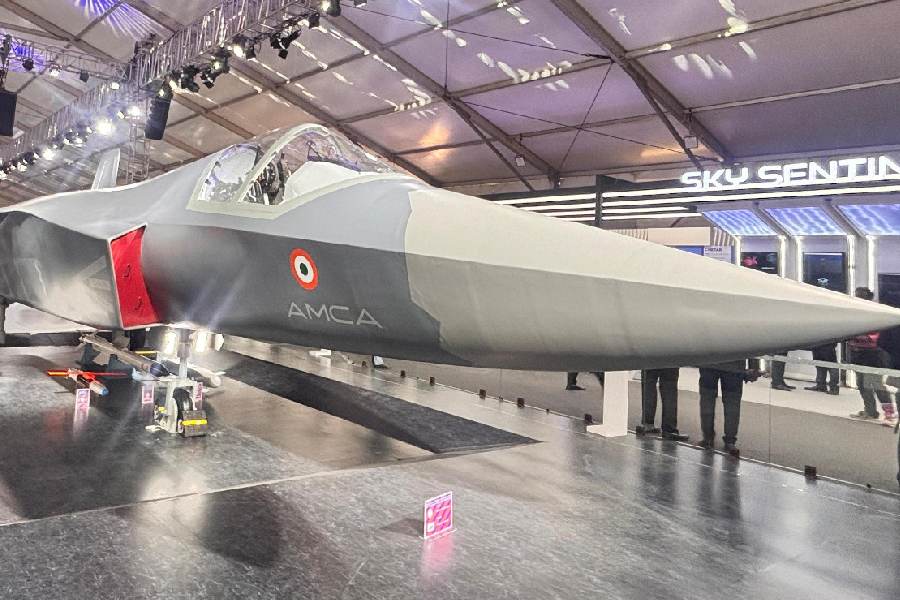
It’s a huge leap from the world of high finance to the 5,000 or so years of Indian history. But that’s the jump investment banker-turned-historian Sanjeev Sanyal has made for the second time in his career. A year ago, he took a break from his job as Deutsche Bank’s global strategist. For six months, he sat at his desk writing steadily. The result is: The Ocean of Churn: How the Indian Ocean shaped Human History.
Certainly, Sanyal isn’t lacking for ambition. His sprawling canvas spreads from peninsular India to the other seafaring nations on the ocean’s edge — from Oman and Zanzibar to Indonesia, Cambodia and Laos. Says Sanyal: “Every other book on the Indian Ocean starts with Vasco Da Gama. For a European audience, this was fine. But for me it wasn’t quite satisfactory.”
Sanyal, by contrast, delves further back in time. He sets the scene dramatically with an AD 731 vignette when south India’s Pallava dynasty found itself without an heir to the throne. Their unusual solution was to send a delegation of Brahmin priests to distant Cambodia where a family branch ruled. The priests returned with a young lad who became Nandivarman II, one of the dynasty’s great monarchs.

Assembling a historical account of the Indian Ocean is a monumental task. Sanyal’s gone about it differently from many historians. For starters, he’s made a point to visit many locations he’s written about to get an on-the-ground-feel of those distant times and obtain information nuggets.
In Zanzibar, he found an Indian temple where a few remaining Indian traders still worshipped, remnants of a once-prosperous community who arrived over centuries. And in Odisha, he gazed over sylvan Tosali, now believed
to have been a brutal battle site between Asoka and the Kalingas. In suburban Mumbai, he headed to the Masina Hospital, once the palatial home of tycoon David Sassoon. The building’s not in great shape and grand staterooms have been divided into tiny cubicles, but, says Sanyal: “You look around and suddenly the Sassoon family’s there.” He adds: “Historians and scholars do a disservice by not going to places. For instance, until you go to Allahabad, you can’t understand why it’s the heart of our civilisation.”

Behind Sanyal’s writing lies determination to reinterpret large chunks of India’s history. It’s the second time he’s put the brakes on his highflying career. In 2008, he put his banking job on pause and wrote Land of the Seven Rivers: A Brief History of India’s Geography. Soon afterwards, he returned to Deutsche Bank where he assumed new responsibilities as global strategist. The job meant criss-crossing the globe. He says: “I travelled like crazy.”
One crucial reason driving him to offer his own interpretation of Indian history is his belief it’s time to re-
examine all our beliefs about the past. “It’s always been the history of our invaders — always our invaders telling us what happened.”
By shifting his gaze to the Indian Ocean, Sanyal avoids that trap. He turns the spotlight on dynasties like
the Satavahanas who receive relatively little space in history books. And he emphasises that trade brought the
Europeans to ancient India and linked countries on the Indian Ocean rim through the ages: “There were always civilisational links between India and Iran,” he notes.
Sanyal’s research turned up unexpected findings. He was startled to discover Indian soldiers have been fighting foreign wars through the millennia. They were in the battlefield fighting for the Persians against the Greeks. They even fought for the Macedonians. More recently, of course, they fought for the Allies in World War II.
Some reinterpretations are, perhaps, more controversial. He insists evidence shows Asoka was a brutal ruler and his conversion to non-violence was greatly exaggerated. Sanyal defends his corner, saying: “My arguments are based on new discoveries in archaeology, genetics and climate sciences. The new evidence needs to be incorporated into the narrative.”
Most controversially, he insists Mahatma Gandhi’s role and that of the Congress in the freedom struggle are vastly overrated. He says: “The mainstream narrative is we asked the British to leave and they politely left.”

This view, he insists, underestimates the impact of the 1946 Naval Mutiny and revolutionaries like Rash Behari Bose and his own grandfather, Sachindra Nath Sanyal. He says: “This is not to argue Mahatma Gandhi and the Congress had no role in the freedom movement, but merely to point out others played an equally important role.”
Sanyal’s fond of putting forth his theory of history which he calls the Complex Adaptive System. He believes the Chinese admiral Zheng He cleared the Indian Ocean of all challengers before being suddenly summoned back to the Middle Kingdom. This, in turn, he says, cleared the way for the Europeans when they arrived.
And, in his own life, he cites the fact arch-colonialist Cecil Rhodes set up the Rhodes Scholarships and he, the grandson of an anti-Empire revolutionary, benefited from it.
It’s a fact that long-held beliefs about India’s history are being put under a microscope. Sanyal is one more challenger to established views about the subcontinent’s past. And he won’t be the last.


